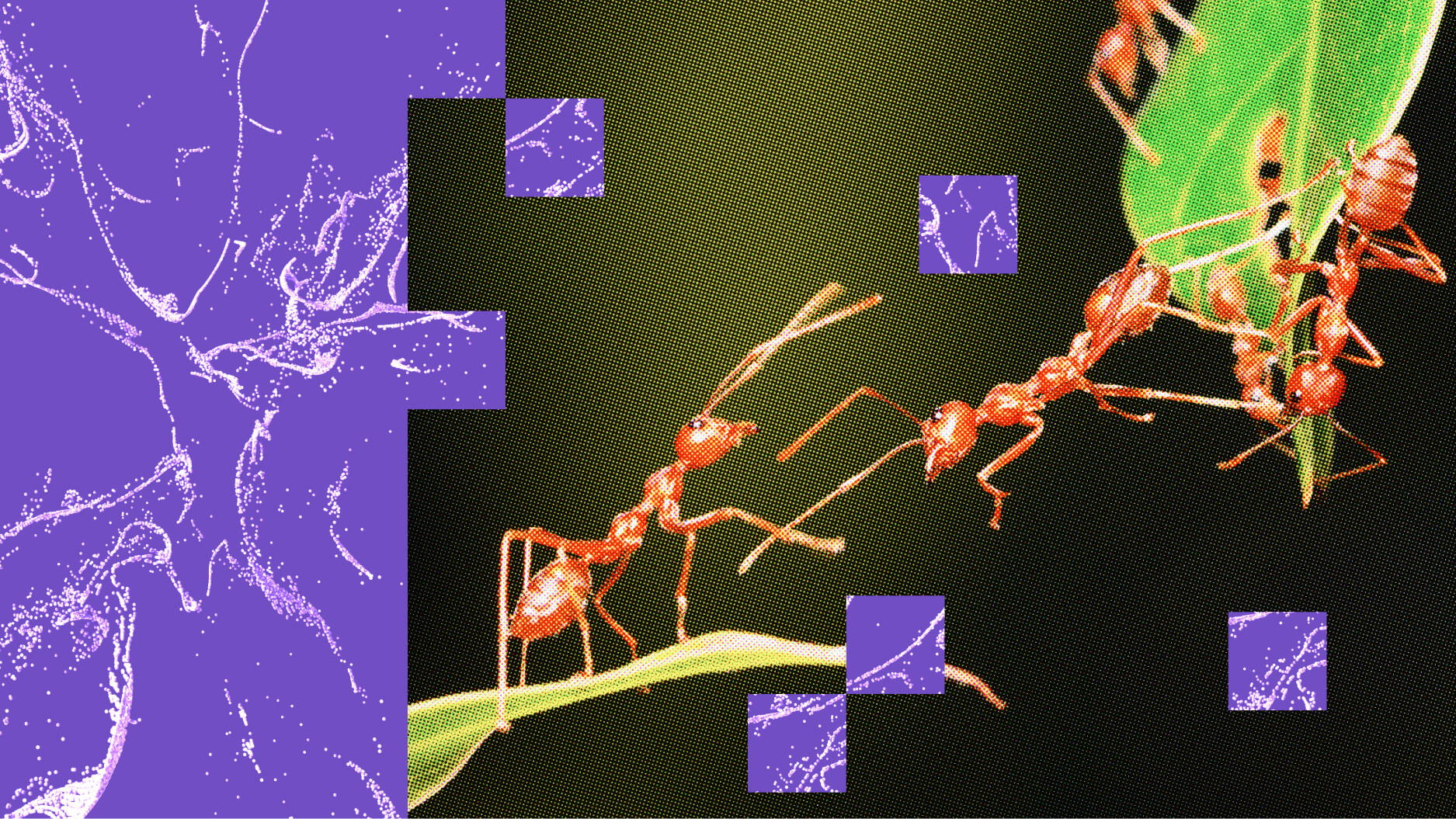A Little Messiness Is Good for Creativity

What’s the Latest Development?
A new study out of the University of Minnesota has found that people who solve problems in slightly disorderly environments are more likely to arrive at creative solutions, compared to those who work in neat and tidy spaces. In one experiment, researchers found that people asked to find creative uses for pingpong balls came up with more innovative ideas when they were placed in a messy office. While individuals working in a clean and organized office came up with the same number of uses for pingpong balls, they were judged to be less innovative by the experimenters.
What’s the Big Idea?
A similar Dutch study suggests that while innovation may result from a little mess—because some disorder seems to inspire breaking free of tradition, which can produce fresh insights—it also causes people to act more selfishly and ignore their long-term interests for short-term gain. “Orderly environments promote more convention and healthy choices, which could improve life by helping people follow social norms and boosting well-being,” wrote the Dutch researchers. “Disorderly environments stimulate creativity, which has widespread importance for culture, business and the arts.”
Photo credit: Shutterstock.com




